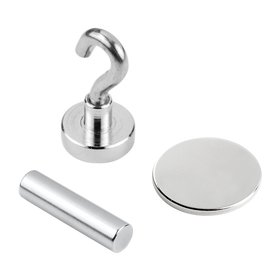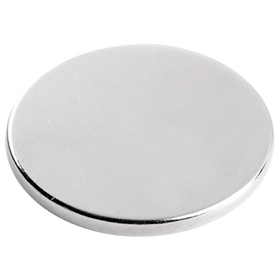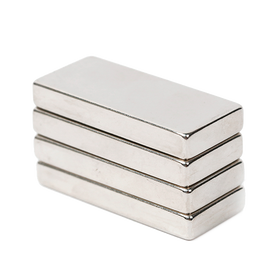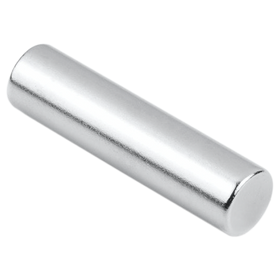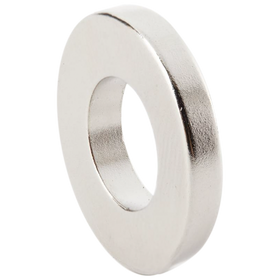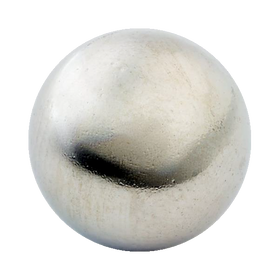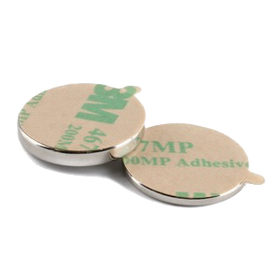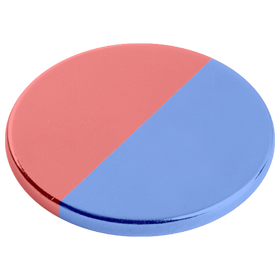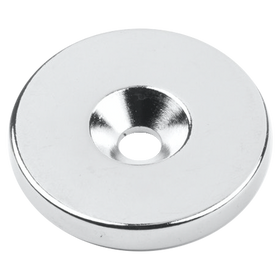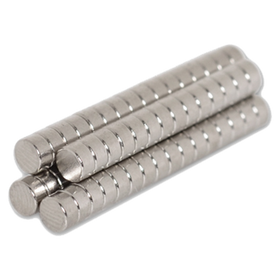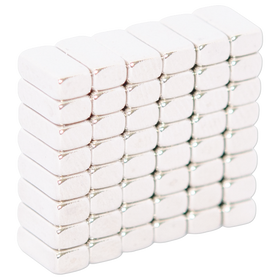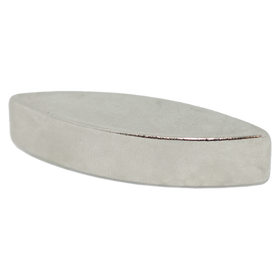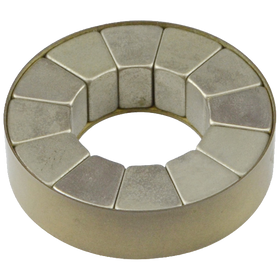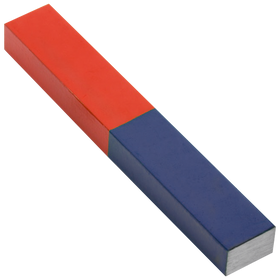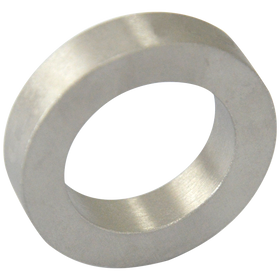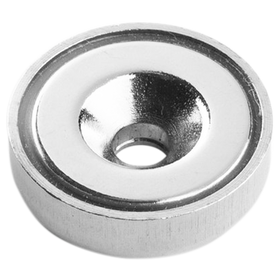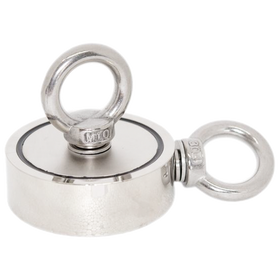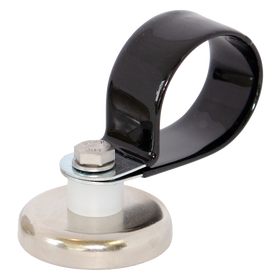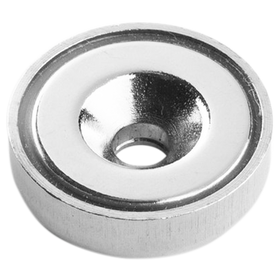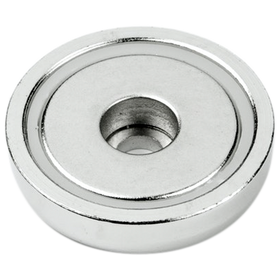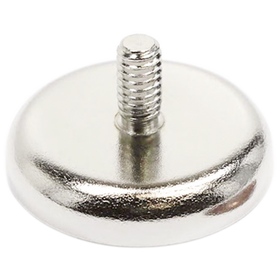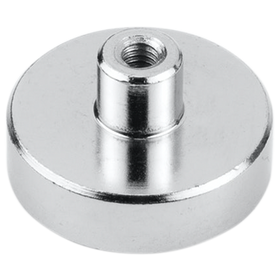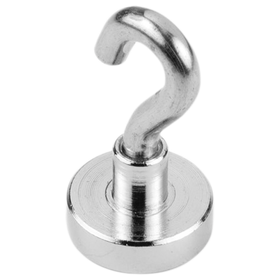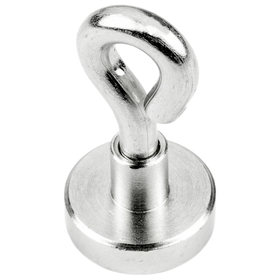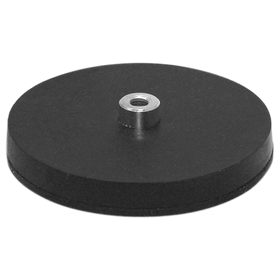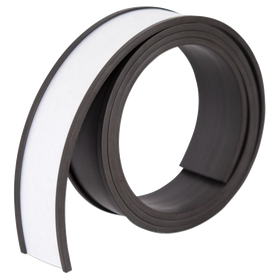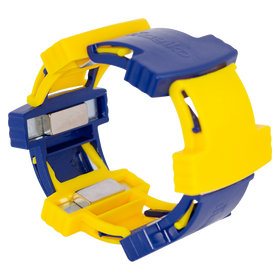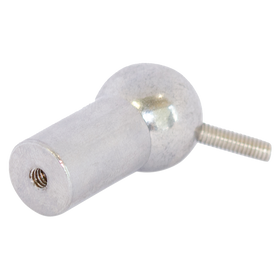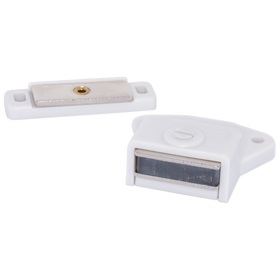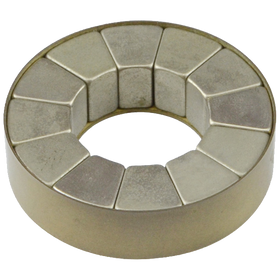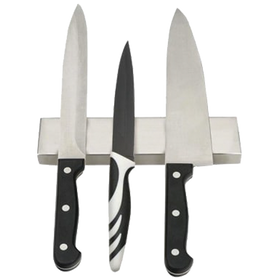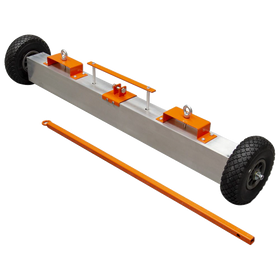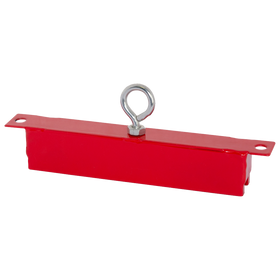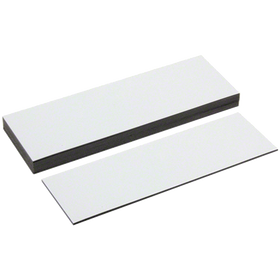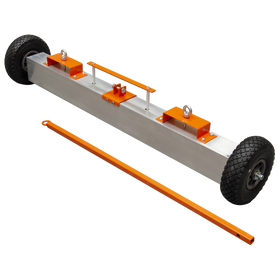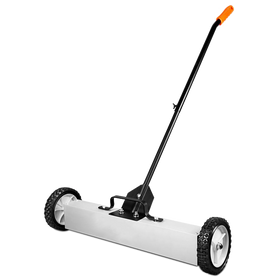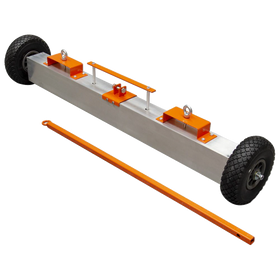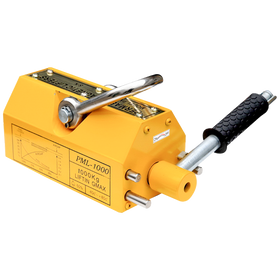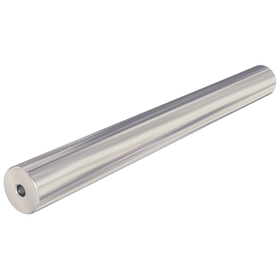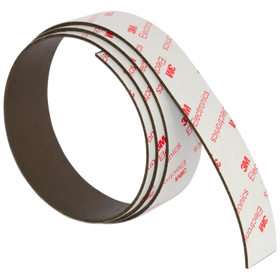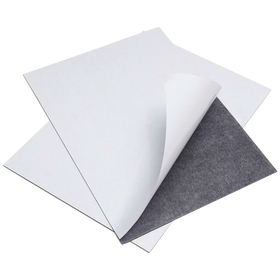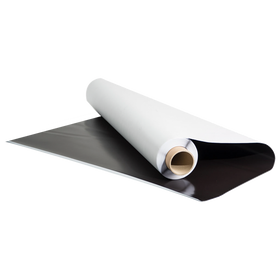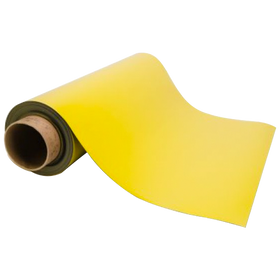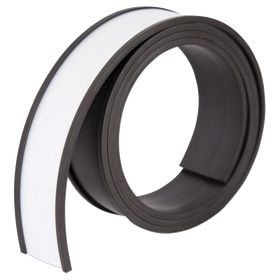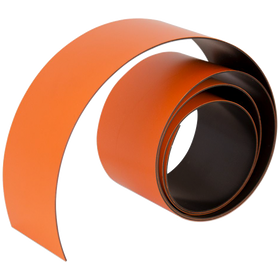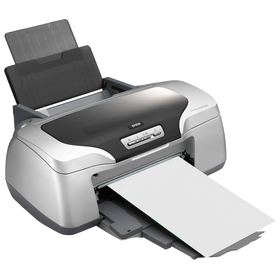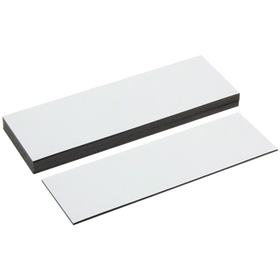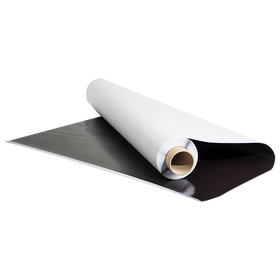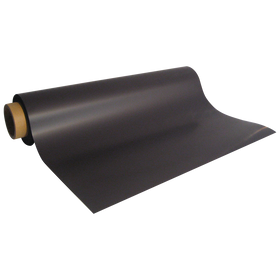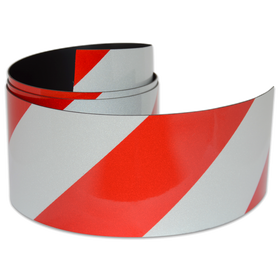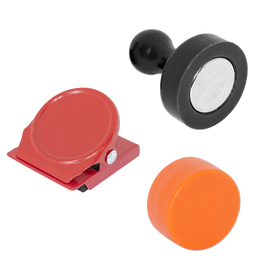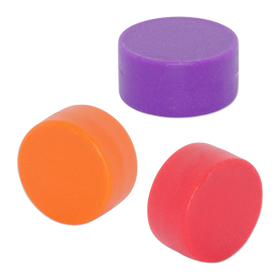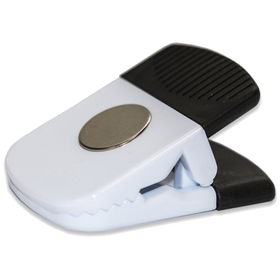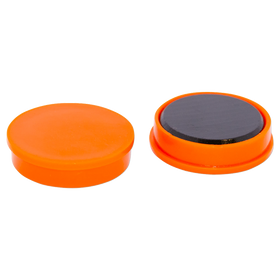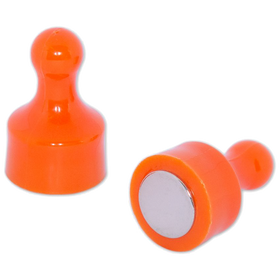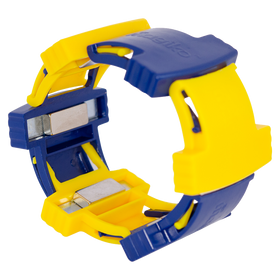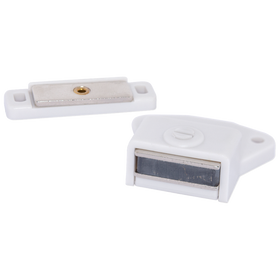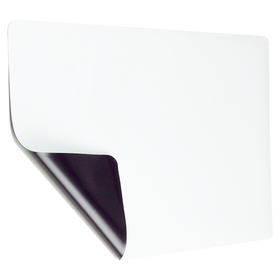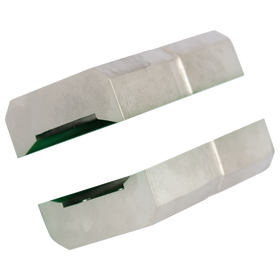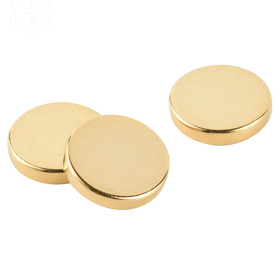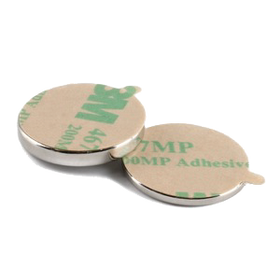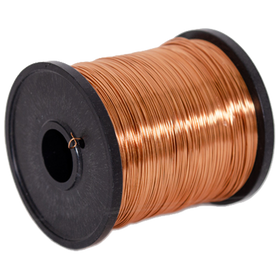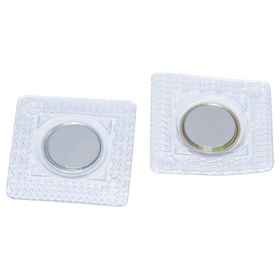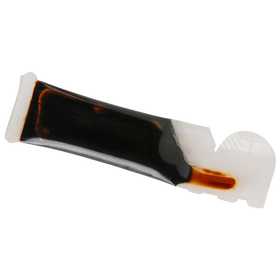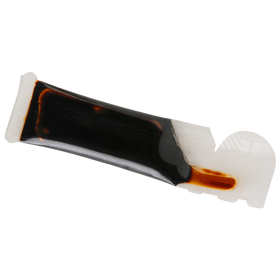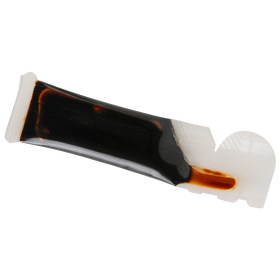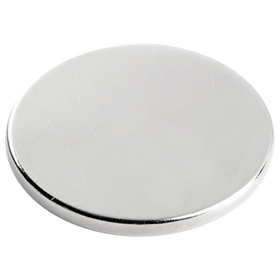
Neodymium Block Magnet - 50.8mm x 24.5mm x 6.35mm | N35
Same Day Dispatch
Order before 1pm to qualify for same day dispatch.
Neodymium Block Magnets
The obscure metric dimensions of this rectangular rare earth magnet substitute exactly with the commonly used U.S. Imperial measurements of 2x1/2x1/4 inches Wide, long Neodymium magnets are sometimes glued into a steel channel with similar but slightly larger dimensions that, in a similar way to Neodymium Pot Magnet assemblies, protects the brittle Neodymium magnet from impact damage while simultaneously increasing its holding strength.This enhancement of magnetic power occurs because one of the poles is deflected downward by the steel casing which then amplifies the magnetic field at the uncovered base. Long, thin rectangular magnets are ideal for incorporation into magnetic assemblies and implements that can then be used for metal collection, holding, clamping, metal detection and metal decontamination purposes. In many cases the steel channel is drilled with holes so the magnetic apparatus can be screwed neatly into position without damaging the brittle magnet inside.This type of assembly is the basis of most wall-mounted knife and tool holding devices. Large pole areas located along the entire length dimension of these thin rare earth magnets mean that aligning the magnet with an opposing metal surface or metal striker is easier and requires less accuracy and less time to perform. This can be useful in holding magnetic fly screen flaps together or to make sure curtains or canvas covers align correctly and quickly.
Typical Physical Properties

NB: Ranges are indicative for product category, please check individual products for specic values within that range.
Production Flow Diagram

Demagnetization Curves

Surface Treatment

The most common coating for Neodymium magnets is Nickel + Copper + Nickel (Ni + Cu + Ni). This coating offers the magnet relatively good protection from corrosion and passive applications. If the magnet will be exposed to moisture or liquid then consider the use of an organic coating such as Epoxy. A hard wearing coating, Epoxy is suited to applications where the magnet will come under some friction or knocking.
Range and Tolerance

Magnets are readily available in Blocks, Discs, Cylinders & Rings. AMF Magnetics specializes in the supply of short-run prototype magnets including Arc Segments, various magnetic orientations etc. If you need a magnet size that we don't carry in stock, submit a Design-a-Magnet enquiry for a quote on your custom magnet design.
Magnetic Properties

Neodymium magnets are offered in several different grades. The first section N30-54 has an operating temperature of up to 80 degrees. Most of our stock only goes up to N38. The second section, denoted with the "M" prefix after the grade has an operating temperature 100 degrees. After this the grades are "H", "SH", "UH" & "EH". In order for the magnet to withstand a higher operating temperature, during production more of the raw material PrNd is incorporated as these elements have a naturally occurring resistance to high temperatures.
Returns Policy
If you are not entirely satisfied with your purchase, we're here to help.
We have a 30 Day Returns policy at Frenergy Magnets. You may return your item within 30 days of receiving it to receive a refund.
The product/s must be unused and in the same condition you received them in. Please contact us at info@frenergy.com.au to initiate the returns process.
The buyer is responsible for the cost of returning the order.

